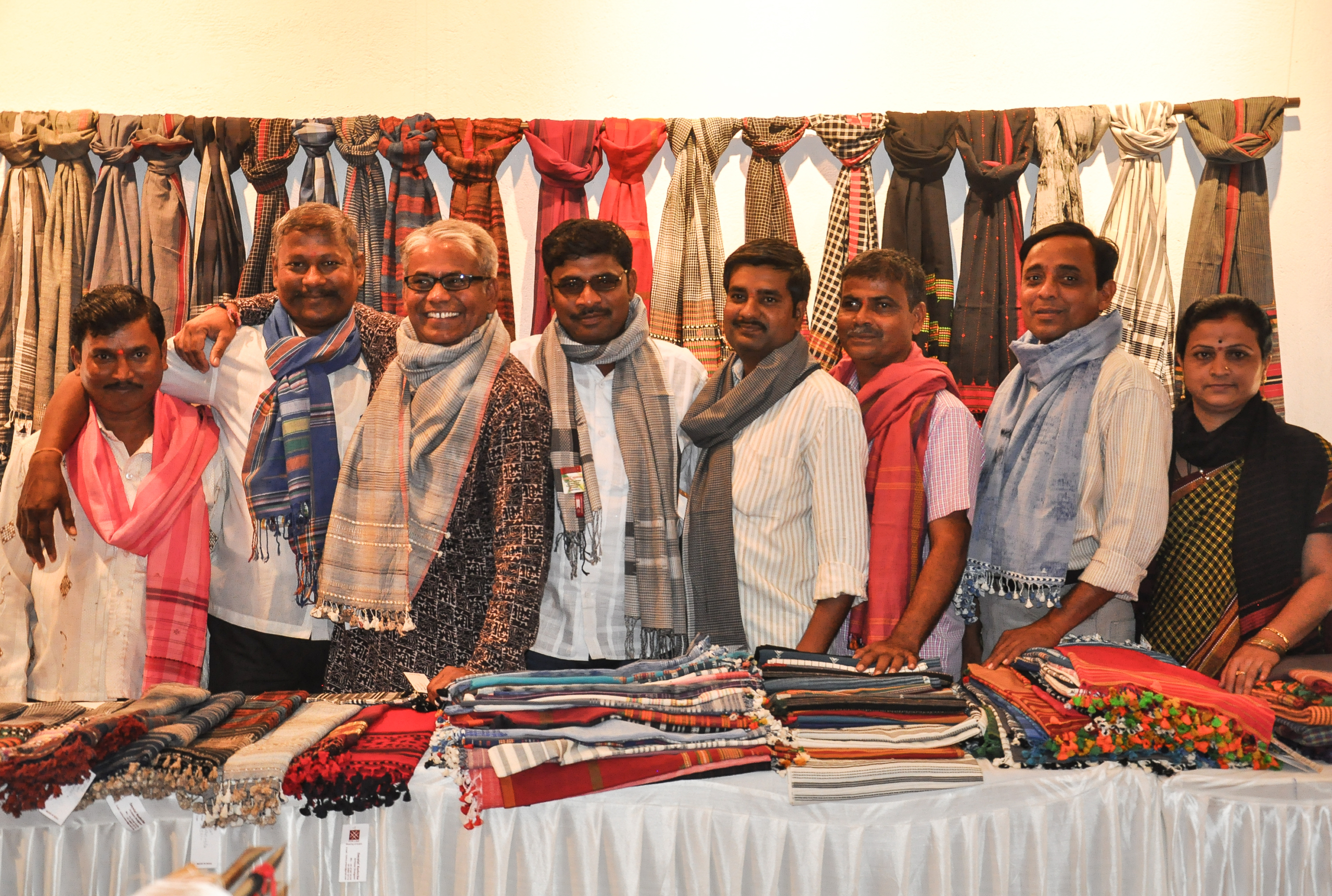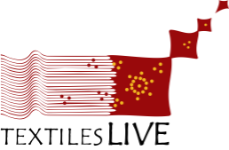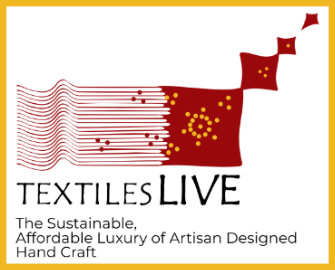Hierarchy: Craft and Maker
 July 1, 2023
July 1, 2023
In India, social status doesn’t always relate to economic status. In the Hindu caste system, working with hands is inversely proportional to social status. Among makers, material and product further determined social status. Because shoemakers tanned leather and made footwear, their social status was low. In the 1960s when local markets were lost to industrially produced alternatives, connection to distant markets elevated economic status. Government awards mitigated social status in those markets. But in provincial Kutch, it remained unchanged. By the end of the century, many Kutch leather artisans gave up their tradition without a lucrative alternative to disengage with social stigma. Others turned to products other than footwear to improve economic and social status.
The traditional social status of Kutch wool weavers is similar. Responding to loss of local markets in the ‘60s, weavers who could connect to urban markets gained economic status, usually employing community members who could not directly reach markets. From 2005, design education enabled more artisans direct access to urban markets. These connections led to material and product diversification. Kutch weavers with direct market access have dramatically increased economic status and, in urban settings, their social status. However, local caste status has changed far less.
In Karnataka, weavers produce Ilkal saris in factory-like workshops and until recently had no direct access to markets. Handloom became so devalued that powerloom may cost more than hand woven saris. The social status of weavers is so low that a loom in the house can be a deal breaker for a marriage proposal.
Goldsmith communities work with precious metals, but are traditionally segregated into makers, of lower social status, and sellers, leading to aspirations to trade rather than make. Today, Kutch goldsmiths have hired Bengali artisans to make. Further, customers often prefer the perfection of industrially produced ornaments. The next generation aspires to leave their tradition.
The pervasive devaluing of hand work continues to pose the greatest challenge to maker communities.



